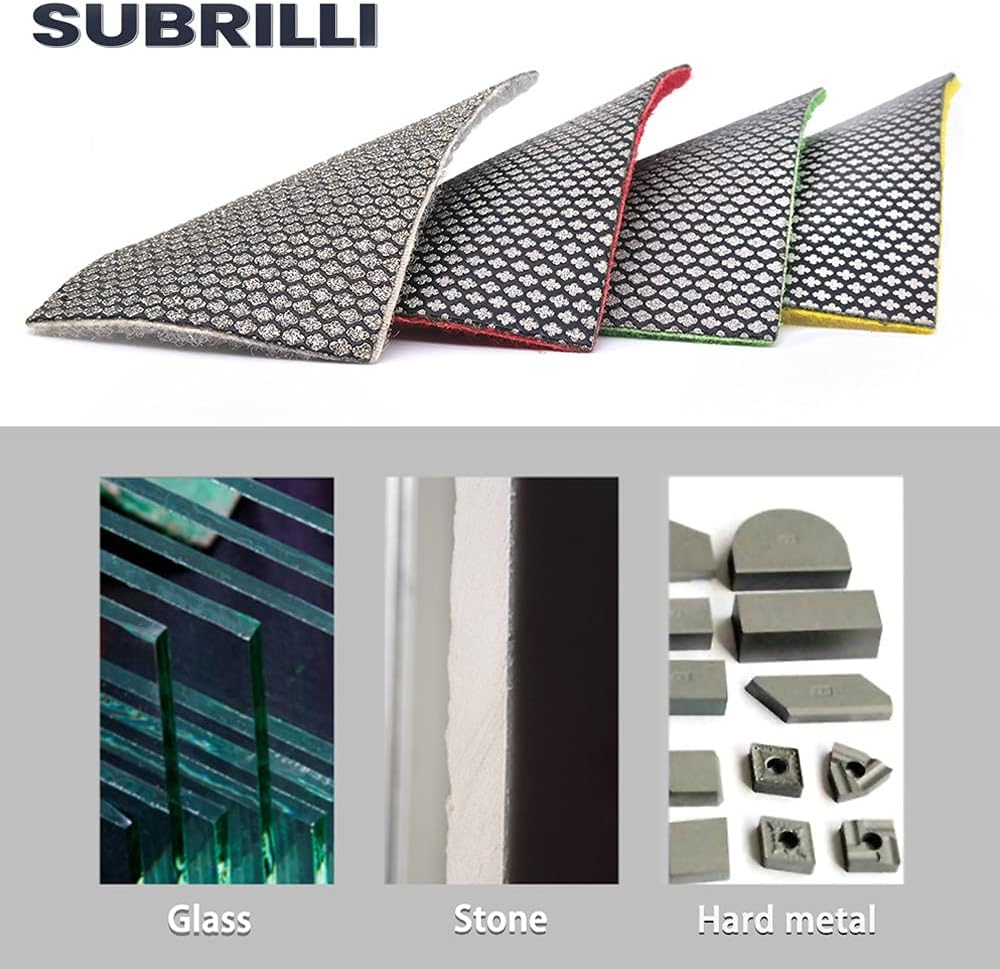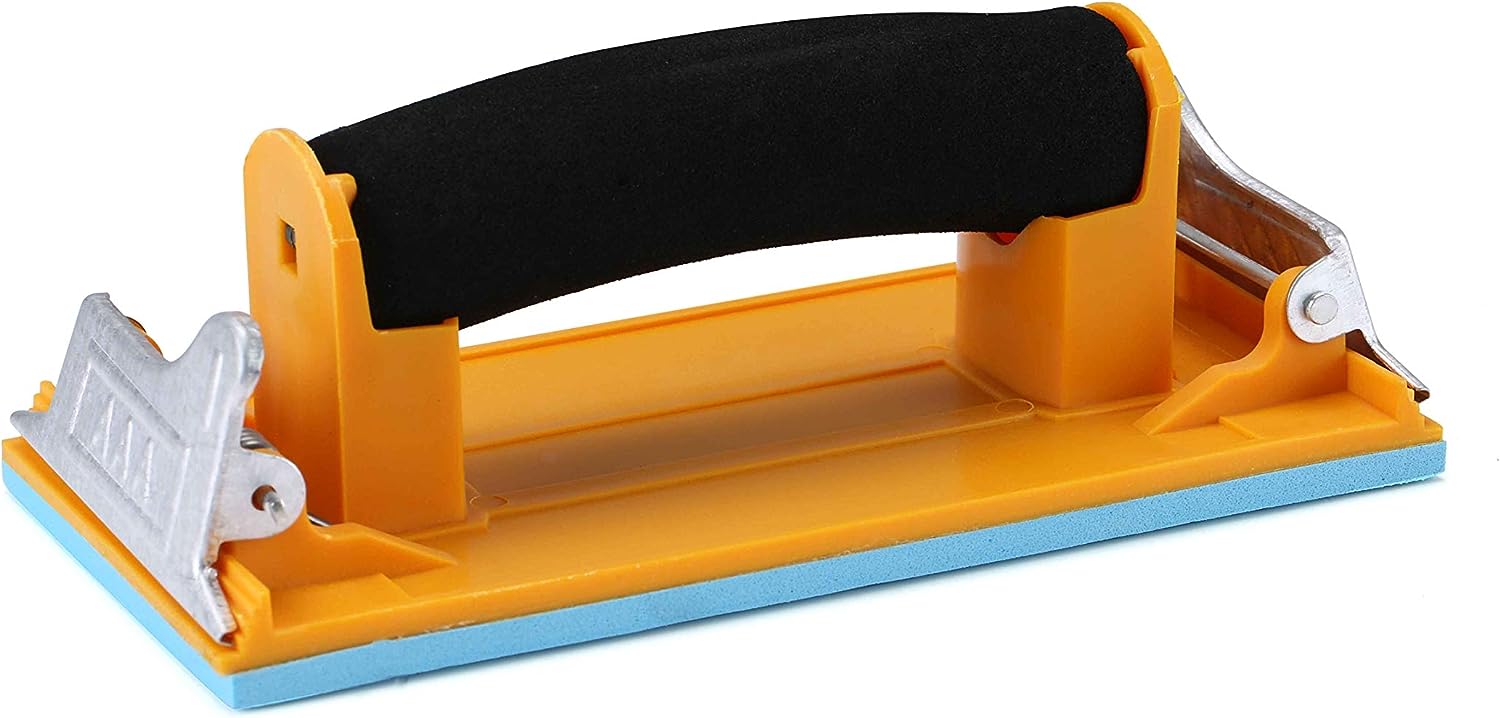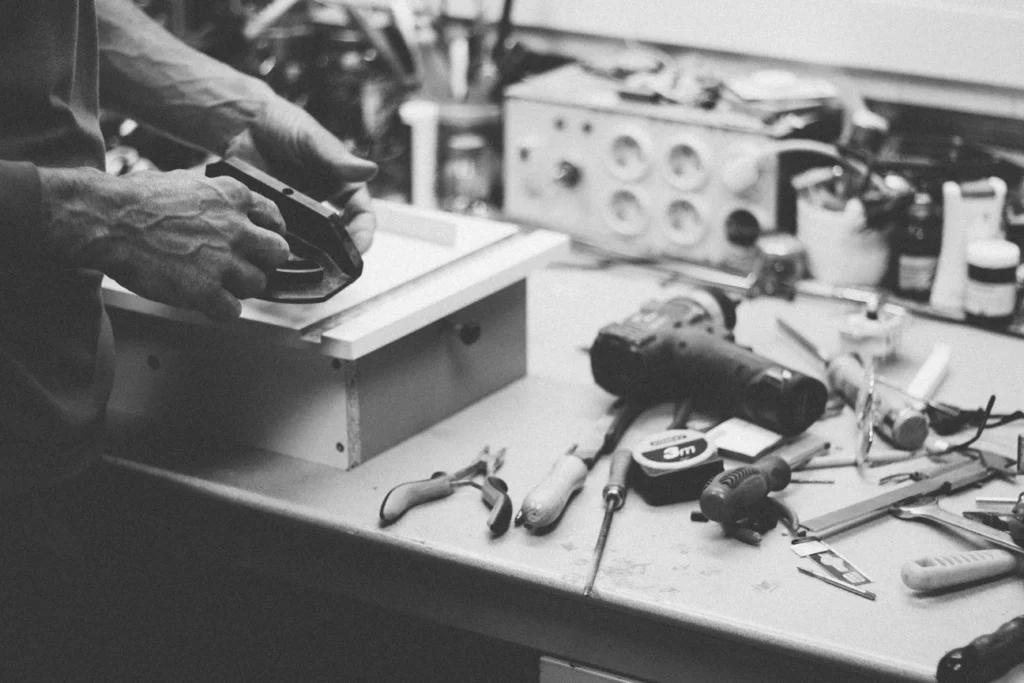Sandpaper is a versatile tool that is commonly used in various industries, including woodworking, metalworking, and automotive. However, it is also an essential tool in the world of stone carving and sculpting. Whether you are a professional stone artist or a hobbyist, understanding the best practices for using sandpaper on stone can greatly enhance your work and help you achieve the desired results.
The Best Sandpaper for Stone

SUBRILLI Diamond Sandpaper 2-Pack

BLACK+DECKER 2.0 Amp Electric 1/4 Sheet Orbit Sander

Aouker HS85180 Hand Sander
The Importance of Sandpaper in Stone Carving
Sandpaper, also known as abrasive paper, is a coated abrasive that consists of abrasive grains attached to a flexible backing material. It is available in various forms, including sheets, rolls, discs, and belts. The abrasive grains on the sandpaper are responsible for removing material from the stone surface, smoothing rough edges, and creating the desired shape and finish.
Stone carving involves the removal of excess material from a stone block or slab to create a sculpture or artwork. Sandpaper is an essential tool in this process as it allows the artist to refine the shape, smooth rough surfaces, and achieve the desired level of detail. It is particularly useful for finishing touches and achieving a polished surface.
Choosing the Right Sandpaper for Stone
When it comes to choosing the right sandpaper for stone carving, there are several factors to consider. The most important factor is the grit size of the sandpaper. Grit size refers to the size of the abrasive particles on the sandpaper. The higher the grit number, the finer the abrasive particles and the smoother the finish.
For initial shaping and removing excess material, coarse grit sandpaper is recommended. Coarse grit sandpaper, such as 40 or 60 grit, is more aggressive and can quickly remove material from the stone surface. As you progress with your carving and move towards refining the shape and achieving a smooth finish, you can gradually move to finer grit sandpaper, such as 120 or 220 grit.
Another important consideration when choosing sandpaper for stone carving is the type of abrasive material. Silicon carbide sandpaper is commonly used for stone carving due to its hardness and ability to cut through hard materials. Aluminum oxide sandpaper is also suitable for stone carving, but it may wear out faster compared to silicon carbide.
Additionally, the backing material of the sandpaper should be considered. Sandpaper sheets with a cloth or paper backing are commonly used for stone carving. The backing material should be durable and flexible enough to withstand the pressure and movement during the carving process.
Using Sandpaper on Stone: Best Practices
Now that you have chosen the right sandpaper for your stone carving project, it is important to follow some best practices to ensure optimal results. Here are some tips to keep in mind:
1. Prepare the Stone Surface
Before you start using sandpaper on the stone, it is important to prepare the surface. Remove any loose debris or dirt from the stone surface using a brush or compressed air. This will prevent the sandpaper from getting clogged and ensure a smooth and even sanding process.
2. Start with Coarse Grit Sandpaper
Begin the sanding process with coarse grit sandpaper, such as 40 or 60 grit, to remove excess material and shape the stone. Use a sanding block or a sandpaper holder to ensure even pressure and prevent uneven sanding. Move the sandpaper in a circular or back-and-forth motion, depending on the shape and contours of the stone.
3. Gradually Move to Finer Grits
As you progress with your carving and achieve the desired shape, gradually move to finer grit sandpaper. This will help you refine the shape, smooth rough surfaces, and prepare the stone for polishing. Remember to clean the stone surface and remove any debris between grit changes to prevent scratches.
4. Use Water for Wet Sanding
Wet sanding is a technique commonly used in stone carving to achieve a smoother finish and reduce dust. Wet sandpaper, also known as waterproof sandpaper, is designed to be used with water. Wet the sandpaper and the stone surface before sanding and periodically rinse the stone and sandpaper to remove debris. This will help prevent clogging and prolong the life of the sandpaper.
5. Pay Attention to Pressure and Speed
When using sandpaper on stone, it is important to apply consistent pressure and maintain a steady speed. Applying too much pressure can result in uneven sanding and damage the stone surface. On the other hand, applying too little pressure may not effectively remove material or shape the stone. Experiment with different pressure levels and speeds to find the right balance for your specific stone and carving technique.
6. Use Sandpaper Accessories
In addition to sandpaper sheets, there are various accessories available that can enhance your stone carving experience. Sandpaper discs, for example, can be attached to a rotary tool or angle grinder for more precise and controlled sanding. Sandpaper sponges are also useful for reaching curved or irregular surfaces. Explore different sandpaper accessories to find the ones that best suit your needs and carving style.
Conclusion
Sandpaper is an indispensable tool in the world of stone carving and sculpting. By choosing the right sandpaper and following best practices, you can achieve the desired shape, smoothness, and finish in your stone artwork. Remember to start with coarse grit sandpaper and gradually move to finer grits, pay attention to pressure and speed, and consider using water for wet sanding. With proper technique and the right tools, sandpaper can help you bring your stone creations to life.



















